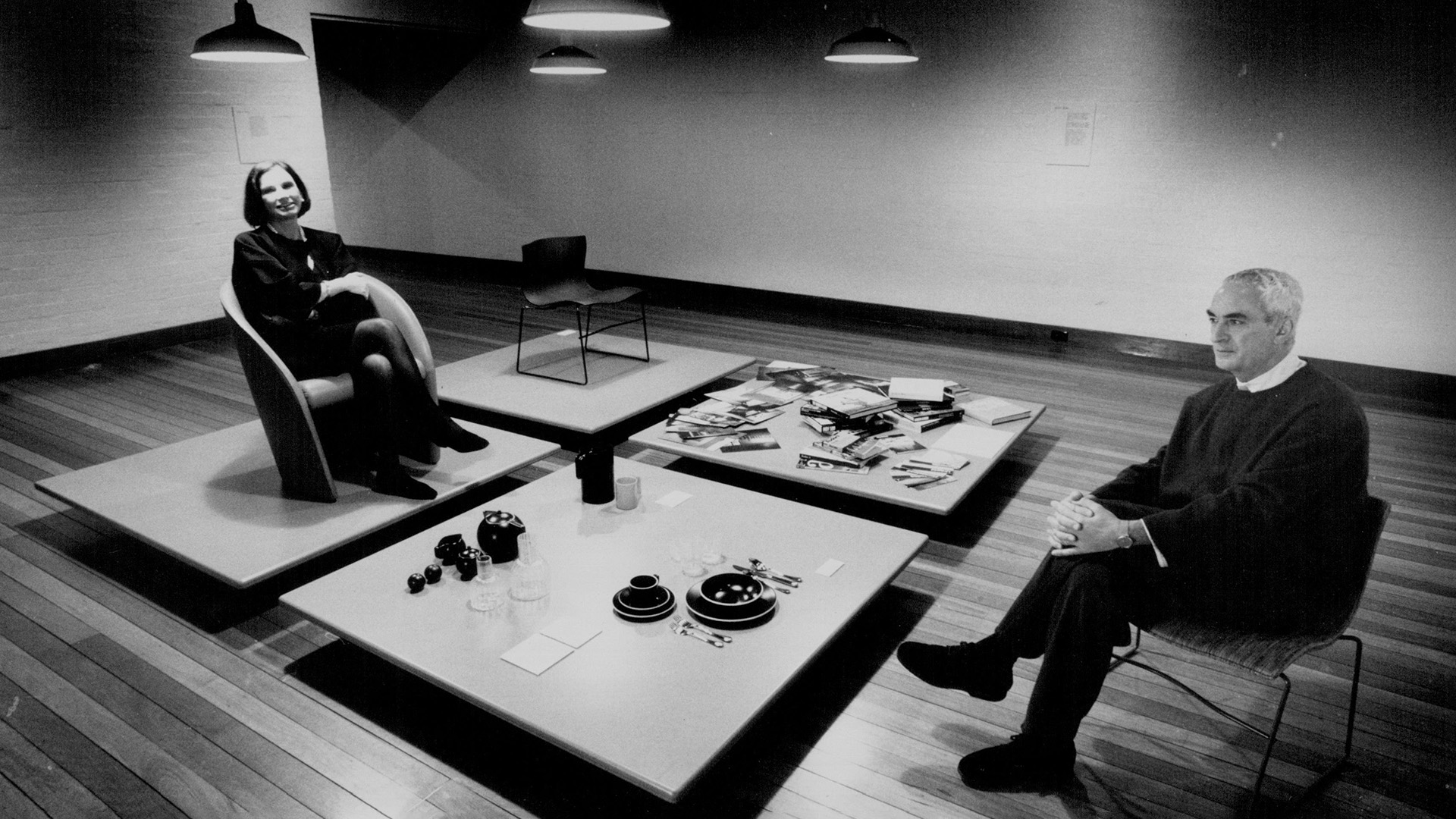Massimo Vignelli began his training as a 16-year-old draftsman at the Architects Castiglione in Milano. There he learned Adolf Loos’ axiom that an architect should be able to design everything from the spoon to the city. Massimo said, “From that day, I wanted to design everything…and I have…no cities yet, but lots of spoons!”
Lella Vignelli, was born in Udine into a family of well-known architects had architecture in her blood, and when she met Massimo they discovered a shared vision of design that guided all of their work. In their 2004 book Design is One, they wrote: “The basic concept is that the discipline of design is one and if you can design one thing you can design everything. The methodology is the same no matter what the subject.” According to the Vignellis, design should be “semantically correct, syntactically consistent, pragmatically understandable, visually powerful, intellectually elegant, and timeless”.
Throughout their long and productive career, the Vignellis put these principles into practice. From 1957 – 1960, after training as architects in Italy, the couple went to the US on fellowships. Here it became clear that their mission was “Better design for a better world.” In products from the Saratoga furniture (Poltranova, 1964) to the Compasso d’Oro-winning melamine stacking dinnerware manufactured for years by Heller, they developed a rigorous, primary, objective design language. The Vignellis settled permanently in the US and in 1965 co-founded the American branch of Unimark International. This design consultancy created distinctive corporate identities for companies such as American Airlines, Ford, Knoll International, the Transit Authorities of New York City and Washington, DC – and for Heller.
In 1971, the Vignellis founded their own New York office, Vignelli Associates, through which they created a range of projects astonishing for their scope and design coherence. These include graphic design programs for the United States National Park Service, Bloomingdales, Lancia, Fratelli Rossetti, The Guggenheim, the Salone del Mobile, and Benetton; showrooms for Poltrona Frau, Steelcase, Italcenter, Hauserman, and Artemide, interiors for the Minneapolis Museum of Fine Arts, Joseph Magnin, The United States Postal Service, and Saint Peter’s Church in Manhattan; exhibits for the Louvre and BMW; furniture such as the Handkerchief chair (Knoll, 1982-1987), products for the Ciga hotels and Heller, and books for many publishers. Based on the motto, “If you can’t find it, design it,” the Vignellis also designed their own clothing line.
Throughout their long career, Lella and Massimo Vignelli took advantage of their various strengths, working together and separately. It is said that Massimo perceived what could be done, Lella what can be done. Their work is in the permanent collections of museums worldwide, including MoMA, the Metropolitan Museum of Art, and the Cooper-Hewitt Museum. The Vignellis received rewards too numerous to list: Massimo had won virtually every graphic design award in the world and Lella had won major awards for interiors. In 2003 they received the National Design Lifetime Achievement award.
